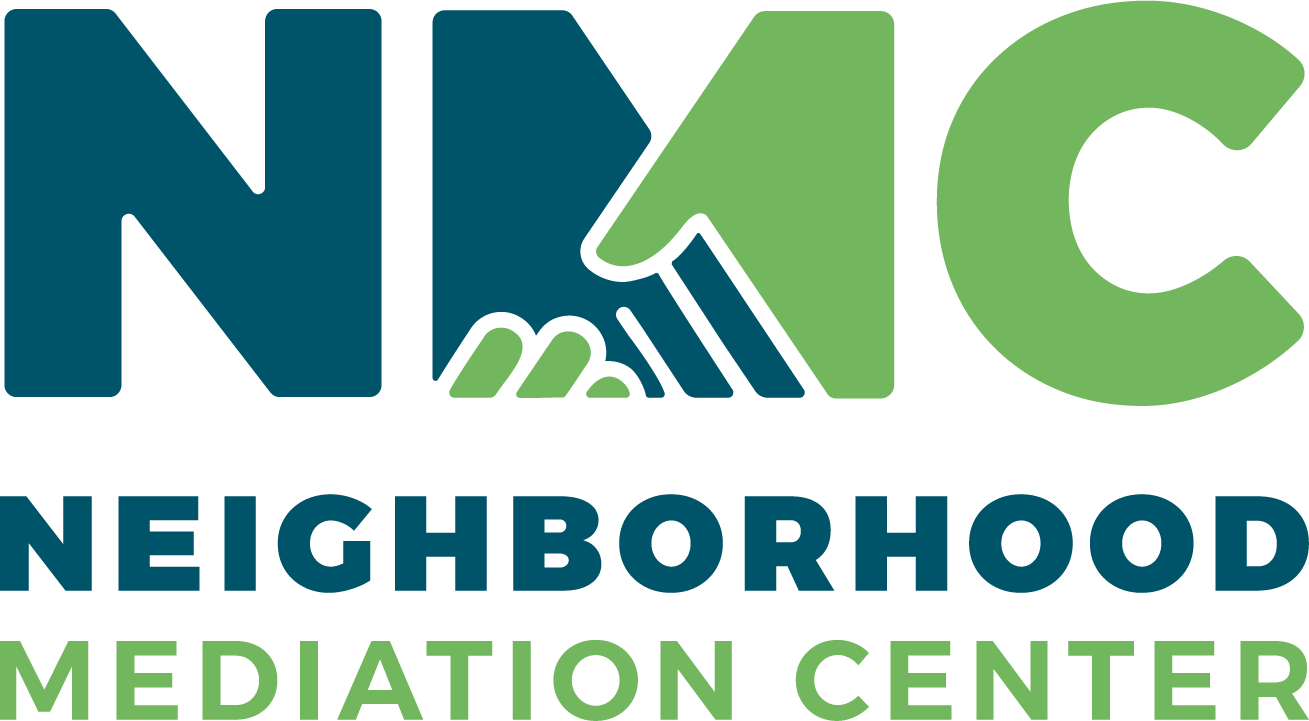Breaking Impasse
Notes and thoughts from the NMC In Service training September 15, 2021
Learning Objectives:
• Clearer understanding on theory around impasse and phases of conflict
• Refresher on all the tools we have to break impasse.
• Clarity on when impasse is at hand and what tool(s) and when to deploy to break it.
Key Points:
Parties to a mediation arrive to the start of the process at some level of impasse. One of the ways to think about breaking impasse is to believe that we are deploying tools right from the start of the process to lead the parties toward breaking impasse and reaching agreement. Impasse is not something that appears out of nowhere at the end of a mediation. As the process moves along, we sometimes find parties confirming that they are still at imapsse and each of us has GO TO tools we use to break impasse.
The following shows some theory around conflict, the mediation process as a map, the tools we use as mediators, and some highlighting of tools the 12 or so participants in this training felt were of most value to them in breaking impasse. What are your go to tools? When do you tend to use them? Try out the two case studies at the end - what would you do with these real life scenarios?
Parties typically arrive to mediation already at impasse.
What tools will you deploy and at what stage of the mediation, in order to break impasse?
The NMC Concise List of Mediator Tools
• Interviewing / Taking in Information
• Creating Buy-In
• Building an Opening Strategy
• Setting up the Room
• Setting the Stage
• Opening the Session(s)
• Building Trust
• Explaining and Holding the Process
• Deciding On and Laying Out Ground Rules
• Curiosity
• Asking Questions: Open Ended; Dangerous; Dumb; Closed;
• Reflecting
• Normalizing
• Listening
• Active Listening
• Summarizing
• Reframing
• Party Reflects Party (push)
• Stating Issues
• Staying Unbiased
• Being Biased
• Interrupting
• Confronting
• Problem Framing
• Prioritizing
• Uncovering Interests
• Managing Time
• Letting There Be Silence
• De-escalating / Escalating
• Cloak of Invisibility
• Using Humor
• Story Telling
• Time Traveling
• Note Taking, Private and Public
• Mediator Role Plays Parties
• Modeling
• Mapping the Process
• Caucusing / Separate Meetings
• Praising and Encouraging
• Dancing with a Co-Mediator
• Reading Energy Levels
• Role Reversing
• Highlighting Commonality and Differences
• BATNA Exploring
• Validating
• Agreement Writing
• Reality Testing
• Prompting Rational thinking ie; ask for note taking
• Following Up
• Closing the Session
Common impasse breaking tools of the NMC mediator.
Stolen Tools (Case Study) What would you do?
Four people have been in a workplace mediation session with you for over two hours now. Chris and Jamie believe strongly that Charlie and Jessie stole their tools from the screening department bench to slow down the work and make them look bad in front of the new boss. Charlie and Jessie can’t seem to get their story together as Charlie goes off on tangents and is hard to pull back into the process. Jessie is adamant that she didn’t take anyone’s tools. Charlie has walked out of the mediation twice already at emotional points declaring that he needs a bio break and each time he does that Chris and Jamie look at you and say “see, he is so darn guilty.”
You have three white boards of notes in front of them and yet everyone keeps saying the same thing over and over again. You know it’s important that they figure this out as their boss has told you their jobs are all on the line over this, and, that the company would really like to somehow keep them. Charlie just got up and walked out again. Jessie declares “I think we are done here…”
You declare a ten minute break and go outside to think about what mediator tool you will use next. What will it be? And why?
Bobo (Case Study) What would you do?
You feel like you’ve done a good job setting up the room and getting everyone comfortable. Your opening mediation strategy is to allow storytelling… The first story you hear in the session as Joann opens is, “my long-time neighbor John here ran over and killed my golden retriever Bobo, slid down the ditch and crushed nearly 30 yards of my fence, and walked home without saying a word. We didn’t know anything had happened until the wrecker showed up. And you know what, that SOB has never talked with us once in the year since it happened.” Joann is outspoken and can handle pressure, you can tell.
So far, Joann’s husband Bob has sat quietly saying nothing for 90 minutes, while John and Mary and their insurance agent George continue to focus on the money Joann and Bob are seeking for their fence. Finally, after a huge wrangling of facts and figures, George offers $40,000 for the fence and gate repair, $10,000 less than Joann and Bob are asking, and says “that’s the final offer.” Bob stands up, walks over to the door and looks back at John and says, “neighbor you sure have got some learning to do. I’ll spend every nickel I’ve got on lawyers before I accept a penny less than what we’re asking for.” He then opens the door and walks out. Joann follows in tears. After a short pause George shrugs and says, “Well I guess we’re done here folks.”
Are they done? What’s the next mediator tool you will deploy and why?



